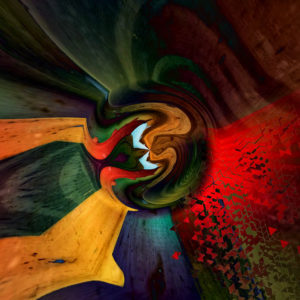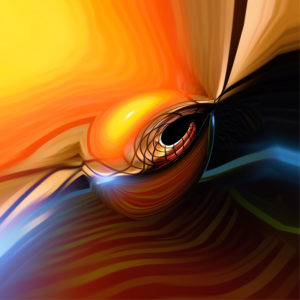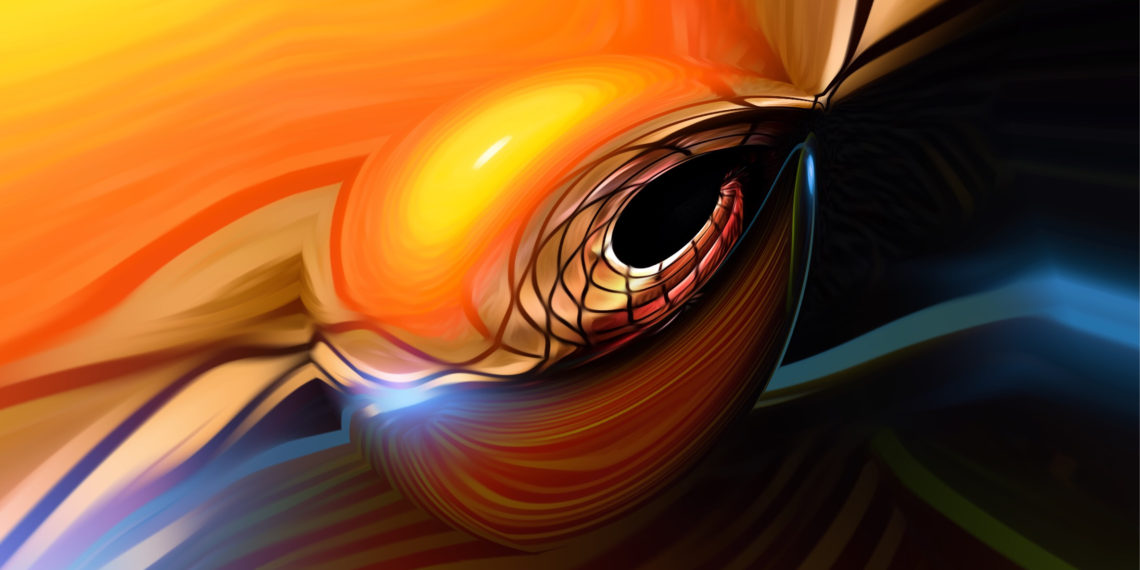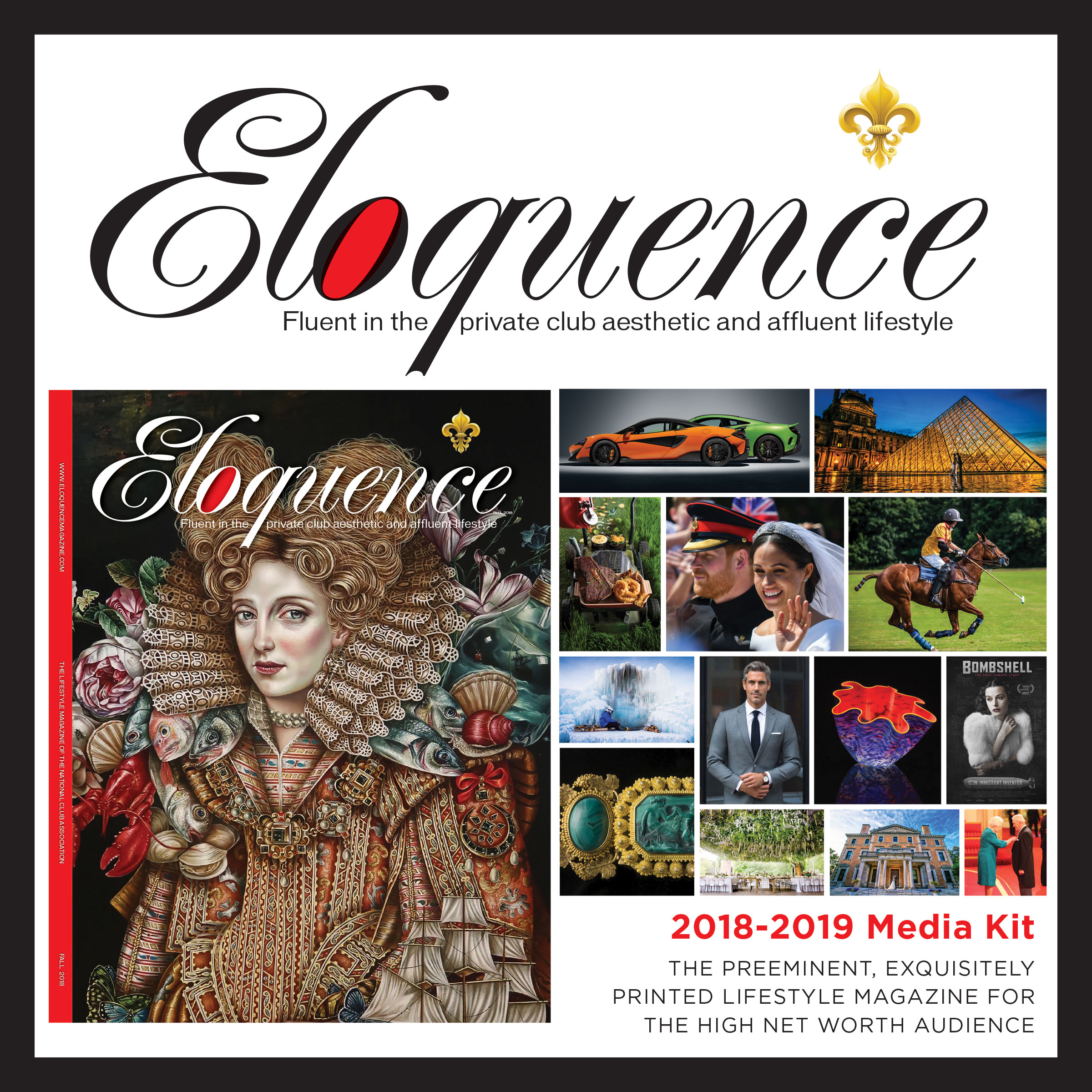By Thomas Garfield
Technology in the new millennium has taken its toll on the professional photography industry. Today anybody with a smart phone fancies themselves a professional photographer. So where does that leave those who have spent decades honing their picture-taking skills? Photographer John D. Adams has spent the last several years working toward the development of a new type of photographic expression. It’s so new he doesn’t even have a name for it. But his hope is that these dynamic images generate a renewed excitement in what photography can be and what it can represent.

Everybody Thinks They Are Photographers
Adams lives in the mountains of North Carolina ― a mecca for the natural photographer. With its mountains, valleys, and plethora of waterfalls (he lives in a county that is called “The Land of Waterfalls), the veteran photographer never ran out of features to capture on film. There was just one problem. “Everybody and their grandmother sells ‘professional’ photography here,” said Adams. “It’s a cinch. So much beauty, and not much effort needed to capture it … And all of these professionals and amateurs then crowd the small art market here so that it became nearly impossible for even the most striking images to make an impression.”

Previously, Adams had fancied himself somewhat of a purist when it came to the medium. “I always made a point of telling potential customers that there was NO digital trickery with my photos. Anything I produced was just how I encountered it with no fudging on my part.” The results? A lot of great work that went unsold. “I tried a lot of different techniques and a variety of subject matters. My favorite work for a while was a neat series of macro-photography images of mushrooms. When you get up and personal with the right balance of darkness and light, you get these beautiful images. But those didn’t sell either.”
A New Perspective
Unsure where to turn, Adams decided to break his own rules and began playing with different techniques to digitally enhance or alter his pictures. “After about six months of teaching myself how to employ a variety of digital enhancement programs, I lighted, quite by accident, upon something striking and new. I realized through the right series of programs, I could use a relatively nondescript image of, say, a flower or a fire burning through a metal grate, and with computer and my own fingers, I could manipulate the image into something, well, completely different from the source material but equally and often even more striking than the original.”

“I purposely began focusing on using a circular focal point, then building upon the image around that … I try not to get too caught up in the explanation of what these images were previously. It’s interesting to know, but I find it more fascinating to look at these pictures for what they have become, not what they could have been. I want you to draw your own conclusions on whether or not an image moves you in some way.”
Flipping the Golden Ratio
So why call the series “Fibonacci Turns Around?” For those who don’t know, the Fibonacci Sequence (also known as the Golden Ratio) is a spontaneously occurring pattern that can be seen throughout the natural world. The most common examples can be seen in the curves of a sea shell or in the pattern of a sunflower. It is a simple pattern but it appears to be a kind of built-in numbering system to the cosmos. “With my circular motif, I twist and turn the image while maintaining that central core. So it is not unlike the Fibonacci Sequence. I’ve just turned it on its head to make something entirely new … The way I create these pieces makes me feel even more connected to the art I’m making. It’s a more personal statement. And I truly hope others will enjoy them, too.”
John D. Adams’ exhibit “Fibonacci Turns Around” is currently being shown at The Colorwheel Gallery in Brevard, NC. Facebook: https://www.facebook.com/pg/The-Color-Wheel-Gallery-210544416169461/about/
Email: phoenix.photography@live.com

John D. Adams
Award-winning writer/photographer
@Martinishotman
Instagram: writer41









